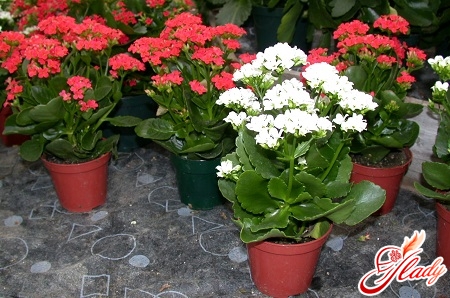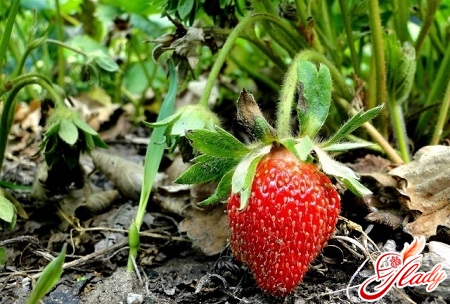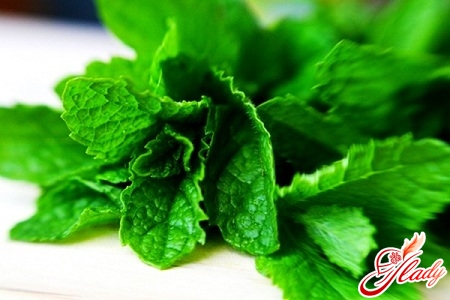 Have you ever been in a greenhouse where they growmelons? The impression is unforgettable! It is simply a magical forest or a fairy-tale kingdom, or both together. Of course, we are talking about the moment when the melons have already begun to ripen. Imagine: lots of light, lace of green vines and golden lanterns hanging from the ceiling. And what a scent! No, it is very difficult to imagine. You just need to see it and... And smell it! Because melons smell so good that it is a pity to even eat them. But, naturally, you can only create such a fabulous splendor with your own hands in your own garden. And then enjoy the fruits of your labor in the literal and figurative sense. So, growing melons in a greenhouse is simply a journey into a fairy tale. Shall we go?
Have you ever been in a greenhouse where they growmelons? The impression is unforgettable! It is simply a magical forest or a fairy-tale kingdom, or both together. Of course, we are talking about the moment when the melons have already begun to ripen. Imagine: lots of light, lace of green vines and golden lanterns hanging from the ceiling. And what a scent! No, it is very difficult to imagine. You just need to see it and... And smell it! Because melons smell so good that it is a pity to even eat them. But, naturally, you can only create such a fabulous splendor with your own hands in your own garden. And then enjoy the fruits of your labor in the literal and figurative sense. So, growing melons in a greenhouse is simply a journey into a fairy tale. Shall we go?
About culture
Let's start with the most prosaic:Let's learn a little about this garden crop. In general, melons are gourds. Their closest relatives are cucumbers, squash, pumpkins and pattypan squash. The plant family to which melon belongs is called Cucurbitaceae, and the genus is called Cucumber, and the official botanical name of melon is Cucumis melo. And what is a melon fruit, do you know? Its fruit is called a pumpkin and can be round or oblong in shape, yellow, green, orange, brown and even white. Melon has been known since ancient times (it is even mentioned in the Bible), and it was cultivated in Northern India. And although people grew and ate melon several centuries before our era, it settled on the Russian lands of the Lower Volga only in the fifteenth century. But a five-hundred-year history is also something. By the way, from the hot southern Russian melon fields, melon very quickly migrated to cooler regions, and it began to be grown in greenhouses as early as the seventeenth century. The first greenhouses with melons appeared in Izmailovo near Moscow under Tsar Alexei Mikhailovich. So the Russian history of growing melon in open ground is not much older than its history of growing in greenhouses. And it must be said that this is not such a difficult task as it may seem at first glance. Although, of course, it is possible to grow a good harvest only with good care.
Choose and prepare a greenhouse
Any greenhouse that can accommodate melons will do.grow cucumbers. And if you have such experience, then you should not have any questions about choosing a greenhouse. If you are just starting to set up your greenhouse farm, then keep in mind that melon can be grown in both a heated and a cold greenhouse. The greenhouse must be ventilated, and whether it is film or glass is not important. The decisive factor in choosing a greenhouse is the height. Melon is a liana, and in a greenhouse it needs vertical space. To grow melon in a greenhouse, steam beds (aboveground or deep) are prepared with a biofuel thickness of at least twenty-five centimeters. To equip such a bed, a layer of biofuel (manure, weeded weeds or mown grass) is poured onto the ground, and when it warms up well, a fifteen-centimeter layer of soil is poured on top. By the way, although melon and cucumber are the closest relatives (they simply couldn't be closer), you can't plant them in the same greenhouse. If they are close, the plants will cross-pollinate and lose their natural taste, and the melon may even become inedible.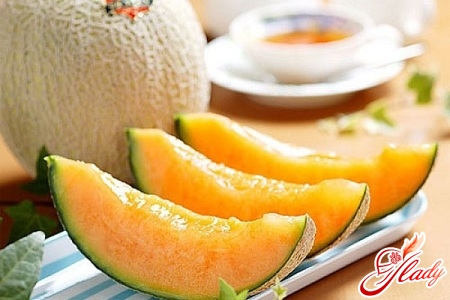
Sowing
To grow seedlings you need pots witheight centimeters in diameter and regular soil for garden crops. For planting, select the largest seeds and soak them first in a weak solution of potassium permanganate for half an hour, and then in a one percent solution of baking soda for twelve hours. After this, the seeds are germinated and planted one seed per pot. For successful cultivation of seedlings, it is necessary to maintain a temperature of at least sixteen degrees and provide the shoots with good lighting. After the appearance of the third or fifth true leaf, the seedlings are pinched, encouraging branching. Sprouts need moderate watering, in which water does not get on the stems and leaves. Mineral fertilizing is necessary twice (for the entire seedling period). If necessary, the shoots are transplanted into more spacious pots as they grow, and support is placed under the stretching vines. The seedlings themselves are planted in early or mid-April.
Landing
Sufficiently grown and transplanted plants are transplanted into greenhouses.strengthened plants, planting them in holes located at a distance of forty-five centimeters from each other. Plants are planted directly with a lump of earth, in no case deepening it, after which the hole is watered with warm water and dry earth is added on the sides. The first five to seven days after planting, the plants are not watered, loosened or hilled, but only the greenhouse is ventilated. A week later, watering with warm water and fertilizing with nitrogen fertilizers is carried out. At the same time, the plants are tied to supports in the form of poles or tension nets. Only the main stem and one or two side shoots are tied and left to grow, the remaining side shoots are plucked.
Care
From the moment the first flowers appeared, the melonbegin to feed with universal liquid fertilizers. Fertilize once a week, and after the first ovaries appear - twice a week. As soon as the first fruits begin to form, feed the melon with tomato fertilizers (also liquid and also twice a week). Pinch the tops of the lateral shoots two leaves after the fruit and do not leave more than six fruits on one bush. Water the melon only when necessary. Remember that this is a drought-resistant plant that reacts very poorly to over-watering. And moisture getting on the leaves and stems can generally cause fungal diseases. Therefore, water the plants in the furrows made next to the holes. To guarantee a harvest, the melon must be pollinated artificially. To do this, work as a bee and, armed with a brush, collect pollen from several flowers and go over all the other flowers with this brush.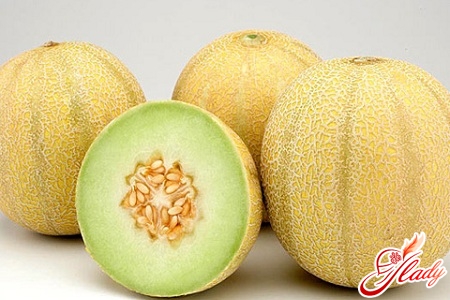
Harvest
And now comes the most pleasant and mosta fabulous moment. Ripening melons begin to smell amazing, spreading a specific melon aroma throughout the greenhouse. Melons usually ripen at the end of summer. But there are earlier varieties, and there are also late-ripening melons. It is the latter that are left for storage, picked while still unripe. Melons are stored in wooden lattice boxes or suspended at a temperature of about zero degrees. However, only undamaged fruits without dents and cracks are suitable for storage. Melon ripeness is determined both by smell and color. But the surest way to determine the degree of melon ripeness is to feel it. If you gently press on the base of the fruit, it will slightly sag in a ripe melon. Melons are mainly eaten fresh, but they are also used to make salads, jam, and candied fruits. Fresh fruits are stored in the refrigerator (separately from other products). By the way, chilled melons are the most delicious. Treat yourself and your loved ones with your own hand-grown aromatic melons! Even if you live in conditions unfavorable for growing melons, a greenhouse and proper care will provide you with a fabulous harvest of this southern plant. Good luck and a good harvest! We recommend reading:




